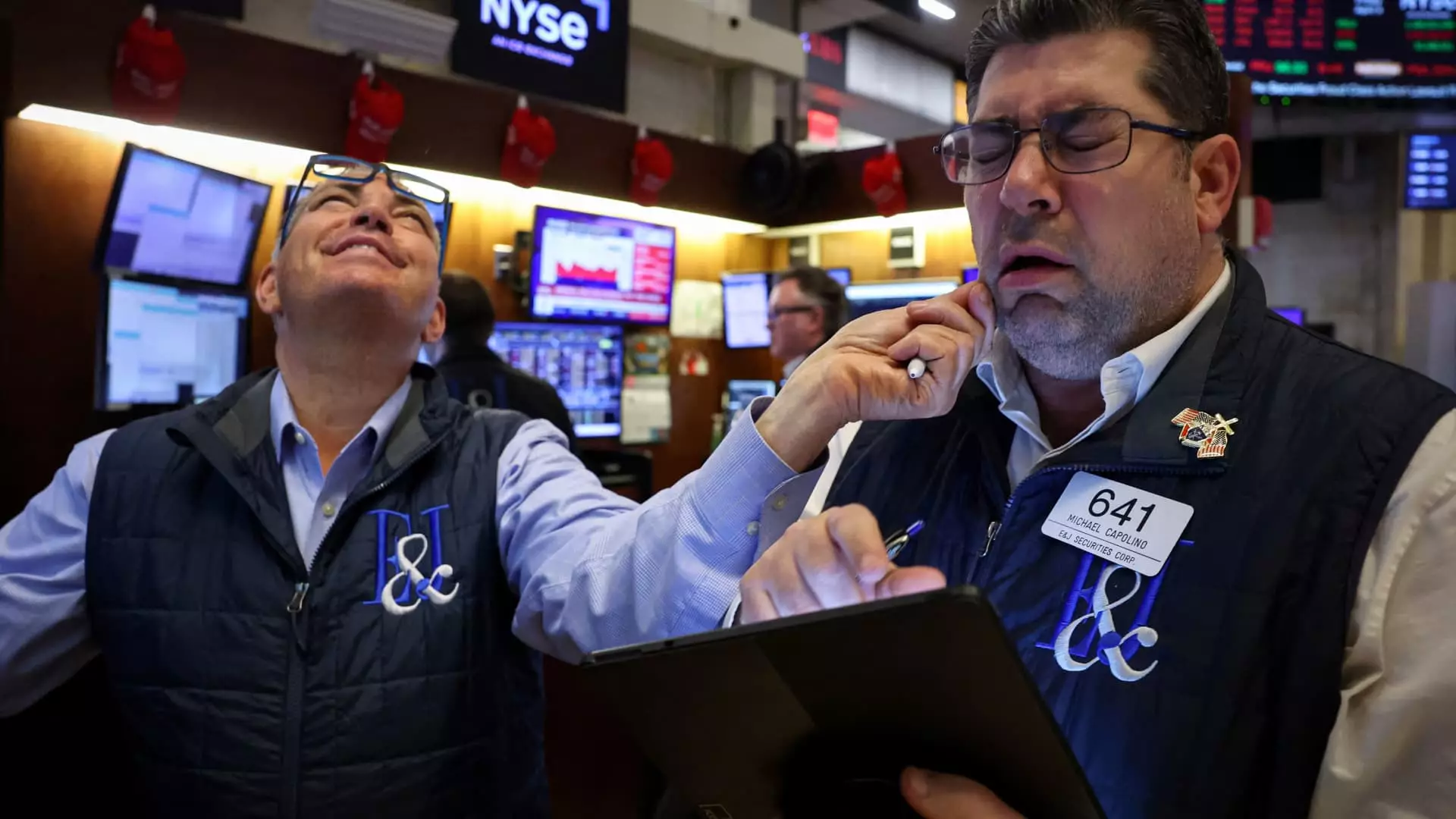In what can only be described as a calamitous misstep in economic policy, President Donald Trump’s recent tariff announcement has set off a chain reaction of market turmoil, geopolitical tension, and economic uncertainty. Decisions that should be driven by reason and prudence have manifestly become a reckless gamble directed by bravado and a glaring lack of economic foresight. Initially perceived as a manageable policy initiative aimed at reshaping America’s trade landscape, the fallout from Trump’s tariffs has plunged us into a situation that starkly contrasts the “best-case” scenario touted by his administration.
Trump’s brazen declaration of a 10% tariff across all trading partners caught markets off guard, particularly as it signaled an upward jolt of the effective tariff rate from a mere 2.5% to an alarming potential of over 20%. We’re thrusting ourselves back in time to policies reminiscent of the infamous Smoot-Hawley tariffs, which many historians and economists agree contributed significantly to the depths of the Great Depression. In a world where we strive for interdependence, such an escalation feels not just retrogressive, but profoundly destabilizing.
The Unsustainable Path to Isolationism
The core of the problem lies in the overarching philosophy of a reactionary isolationism that underpins Trump’s trade agenda. While the intention of reshaping global trade relations and reassessing America’s dependency on foreign imports could be understood, the adversarial tactic being employed undermines its very goal. Instead of fostering meaningful negotiations that could yield beneficial agreements for all parties, the approach resembles a declaration of economic war. Countries like China are not merely taking this sitting down; retaliatory tariffs swiftly followed, reflecting the real danger that presents itself when diplomatic discourse is sidelined in favor of bullying tactics.
Rather than penetrating foreign markets as promised, our efforts seem to be pushing us toward an increasingly insular economy, where the overarching consequence of this trade war may be an increase in consumer prices, a slow simmer of inflation, and a downturn in growth. By choosing confrontation over cooperation, we seem poised to sow the seeds of economic contraction rather than expansion.
The Investors’ Mass Exodus
The dire reality prompted an immediate and furious sell-off in the markets. Investors, often viewed as anything but emotional, were rattled sufficiently to abandon stock positions en masse, dumping $6 trillion in value in an astonishingly swift downturn. Even prominent indices like the Nasdaq Composite, which embody the innovative spirit of Silicon Valley, found themselves in bear territory—a stark warning signal in financial circles. The markets’ erratic response underlines a fundamental truth: economic stakeholders are haunted by uncertainty, and uncertainty breeds fear, not investment.
One has to question the economic calculus behind Trump’s tariff strategy, which, according to many experts, appears haphazard at best. Recent analyses reveal that the methodology employed to determine tariff rates has lacked coherence, effectively punishing countries not on the basis of a comprehensive trade evaluation, but rather through a superficial assessment of trade deficits. This resembles rudimentary math rather than a robust economic strategy, and understandably left investors agonizing over the future profitability of their investments in this volatile climate.
The Consequences of Rigid Policy Making
The rigidity underpinning Trump’s policies comes with a staggering price; they not only reflect a disconcerting unwillingness to adapt but also demonstrate a troubling dismissal of advisory input from economists and market analysts. The acknowledgment of critical feedback and economic reality has been conspicuously absent. Leading economists like Jeremy Siegel have aptly characterized this situation as a “self-inflicted wound” that could have been easily averted with more nimble policymaking.
Moreover, the current leadership of the Federal Reserve seems to be caught in a bind, wary of stepping in to manipulate interest rates amid such spiraling uncertainty. The ominous message from Fed Chair Jerome Powell signals that the regulatory body is beholden to a delicate balance that discourages impulsive risk-taking in the face of tariffs that have thrown trade relationships into disarray.
The Unsustainable Future
As we navigate the fallout from this unprecedented economic maneuvering, it becomes painfully clear that Trump’s mantra of “America First” may ultimately yield an America that is either increasingly isolated or caught in a quagmire of retaliatory economic skirmishes with its global partners. The dream of a revitalized manufacturing economy becomes a mirage as the effects of this misguided policy continue to erode our standing in the international arena. Without a serious reassessment of tactics and strategy, the distant horizon reveals an undesirable economic landscape marked by stagnation, inflation, and widespread discontent. The stakes are too high; it is time we engage in serious dialogue rather than dance on the precipice of economic calamity.

Leave a Reply